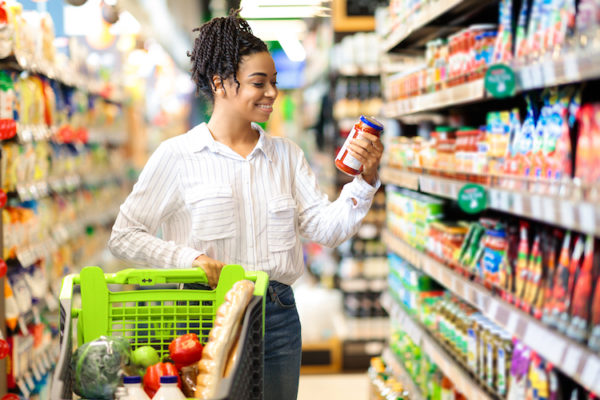As the world continues to evolve and new technology emerges, our environmental footprint expands. Businesses across the globe have made it their duty to adopt sustainability practices in order to create eco-friendly brands that help the environment. Not only does it help their brand, but it helps their pockets too. Here are a few examples of global businesses that adopted “green initiatives”.
IKEA dedicated its entire business process to sustainability with a green strategy titled “People & Planet Positive” where IKEA aims to source their materials from sustainable suppliers.
Apple has actually made its part in the move to a greener environment. In 2015, the company signed a $1 billion dollar deal to move its California headquarters, stores, data centers, and offices run on solar energy.
In 2006, founder Blake Mycoskie started donating a pair of shoes to a child for every pair of TOMS sold. Fast forward to present, TOMS has donated over 60 million shoes and has since furthered its efforts to provide clean drinking water and eye services across the blog. In addition to that, every TOMS shoebox and shoe is made with sustainable materials.
Aldi took a big step toward becoming more sustainable when it announced that 100% of its packaging would be reusable, recyclable or compostable by 2025. The same announcement included a reduction of packaging material across its entire product line of at least 15%. In the meantime, it is doing what it can to reduce waste; in 2018, the grocery chain recycled more than 270,800 tons of material.
An Increase of Environmentally Friendly Consumers
“Going green” or becoming eco-friendly not only helps the environment but it can help drive sales and brand recognition. It’s a win-win situation! Additionally, consumers are becoming more environmentally conscious. Here are a few stats to back that claim up…
- About 60% of consumers are more likely to buy from businesses that use green packaging according to a survey from the Recycled Paperboard Alliance.
- A survey published in 2020 reported that the majority of American Generation Z consumers – those born between 1995 and 2012 – would pay a premium of 10% or more for sustainable products.
- A similar percentage of millennials said they would do the same, along with 34% of Gen Xers and 23% of baby boomers.
- Among those consumers willing to pay more for sustainability, 53% look for products with environmentally-friendly packaging.
- Driven by consumer demand, the global sustainable packaging market will exceed $400 billion in less than a decade, growing by 7.7% each year.

Key Components of Sustainable Label Design
By this point, you might be asking yourself, “What does sustainability have to do with custom labels?” Labeling is a key component of the packaging process! It’s also a great place to start when it comes to being environmentally friendly. Let’s discuss the different ways that product labels can be sustainable…
- Label Materials: The material that makes up a label can be sustainably sourced. Make use of recycled paper or tree-free label stock. Tree-free labels are labels that can be manufactured without trees! These label types are often made from bamboo, sugarcane, or cotton.
- Ink: Fresh and bold inks can liven up your label significantly! However, certain inks and coatings can reduce the sustainability of your product. For example, solvent and petroleum-based inks can release volatile toxins into the environment. Sustainable labels use inks with a smaller environmental footprint. Water-based vegetable oil-based inks are actually much better for the environment.
- Wash-Off Adhesives: The adhesive used on non-sustainable labels can be counterproductive to the recycling process. Labels now use wash-off adhesives that allow the label to be removed easily with water, this helps everyone!
- Minimalistic Approach: The smaller the label, the less waste. Be efficient with your label size, only include what’s necessary. Reduce the thickness of the label to decrease plastic waste. Thinner labels are easier to recycle.
Go Green with M&R Label Printers
So far we’ve discussed what sustainability looks like on a premium custom label. We also touched on why it’s a great idea for your business to transition towards sustainable practices. Now, let’s dive into how your business can ensure its labels are sustainable. Hint: it starts with finding the right label printing partner…
For 30 years, M&R Label has been manufacturing custom product labels and redefined what is to be expected of a high quality label printing partner. Countless companies across different industries continually call on our expertise and depend on our express service.
Our flexographic printing equipment can be eco-friendly by using water-based inks for large orders. This minimizes the environmental impact and reduces the level of toxins that are released into the air. Our label inventory management services help your business maintain the correct amount of custom labels on hand, in turn reducing unnecessary waste.
At M&R Label you have the option of using the direct thermal printing method which costs less to operate and is environmentally friendly to use. We are dedicated to helping your business achieve your packaging sustainability goals this year!



